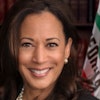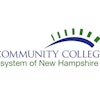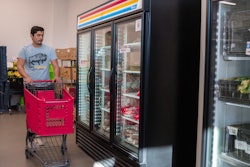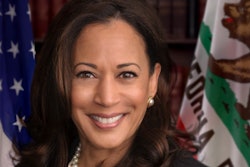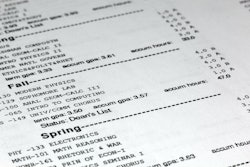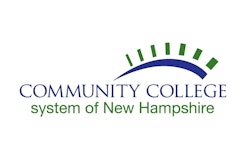An anonymous donor, with no known prior connection to the university or the region, has given the University of the District of Columbia (UDC) the largest gift in its history: $2.3 million. The donation came with very few strings attached, save one: use the money to support students.
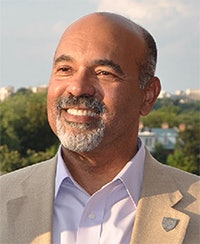 UDC President Ronald Mason Jr.
UDC President Ronald Mason Jr.
UDC President Ronald Mason Jr. said that the gift will allow students "from underrepresented and economically disadvantaged groups the opportunity to pursue their educational goals without financial burden."
“UDC students come from a wide range of backgrounds, and their varied perspectives diversify and strengthen the workforce,” said Mason.
According to UDC’s data, more than 70% of its student population is Black, and the average student age is 27. Many students work full time, and their futures were severely impacted by economy in the wake of the pandemic.
UDC, the only public higher education institution in D.C., has an endowment worth about $65 million, a fraction of its private neighbors American University, Georgetown University, and The George Washington University. Their endowments are currently $884 million, $1.6 billion, and $2.41 billion, respectively.
UDC is unique among HBCUs and other public institutions because it doesn’t just house a four-year program—it also has a graduate school, a law school, and a community college with its own workforce development and lifelong learning program. Scholarships created from the donation will be accessible to all of these, except UDC Law.
The majority of the money will go toward UDC’s Developing America’s Workforce Nucleus program (DAWN), which explores ways to build better pipelines directly from public school to successful careers.
The donation, said Trapp, “is an indicator of where we’ve arrived as an institution, the stability, the leadership, the accomplishments and accolades our faculty have been given over the years. It’s an acknowledgement that you can attend UDC and get a high-quality education, and there’s a donor out there that sees that value, who can make that commitment of that size.”
While little is known about the donor, Trapp said UDC does know that the donor’s motivations are similar to others who have donated large portions of their wealth to HBCUs in the last few years. The donor told UDC they had been deeply moved by George Floyd’s murder and the Black Lives Matter movement. Trapp is hopeful that this donation will open the door to other largesse, not just for UDC but for other HBCUS and public institutions.
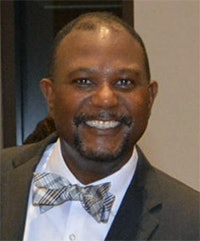 Rodney Trapp
Rodney Trapp
With the new funds, the DAWN program, begun a year and a half ago, will continue to build its local talent to workforce pipeline. DAWN is developing a new form of assessment and is building the Katherine G. Johnson Math Teacher Training Institute (MMTI). Johnson, whose real-life story was given the Hollywood treatment in Hidden Figures, was a mathematician whose formulas helped NASA launch astronauts into orbit. UDC sought and received permission from her family to name the program in her honor.
“[MMTI] is here to support training teachers on working with economically disadvantages Black and brown students in high poverty, helping them succeed and rethink math education,” said Trapp. “Math is needed as a foundation to pursuing higher level STEM (science, technologies, engineering, and mathematics) careers.”
The program works with local area high schools like Anacostia High School in D.C.’s Ward 8 neighborhood, part of DAWN’s C2 Equity Academy, which stands for community to career.
“Ward 8 is one of the most challenged communities,” said Trapp. “We work directly with Anacostia High School to help support it and reimagine it as a feeder and producer of STEM talent.”
Trapp said UDC is planning to start an early college high school at Anacostia High School by partnering with the D.C. department of energy and environment to train future environmental engineers. If DAWN continues its successful trajectory, Trapp said, then UDC hopes to replicate it nationwide.
Liann Herder can be reached at [email protected].



